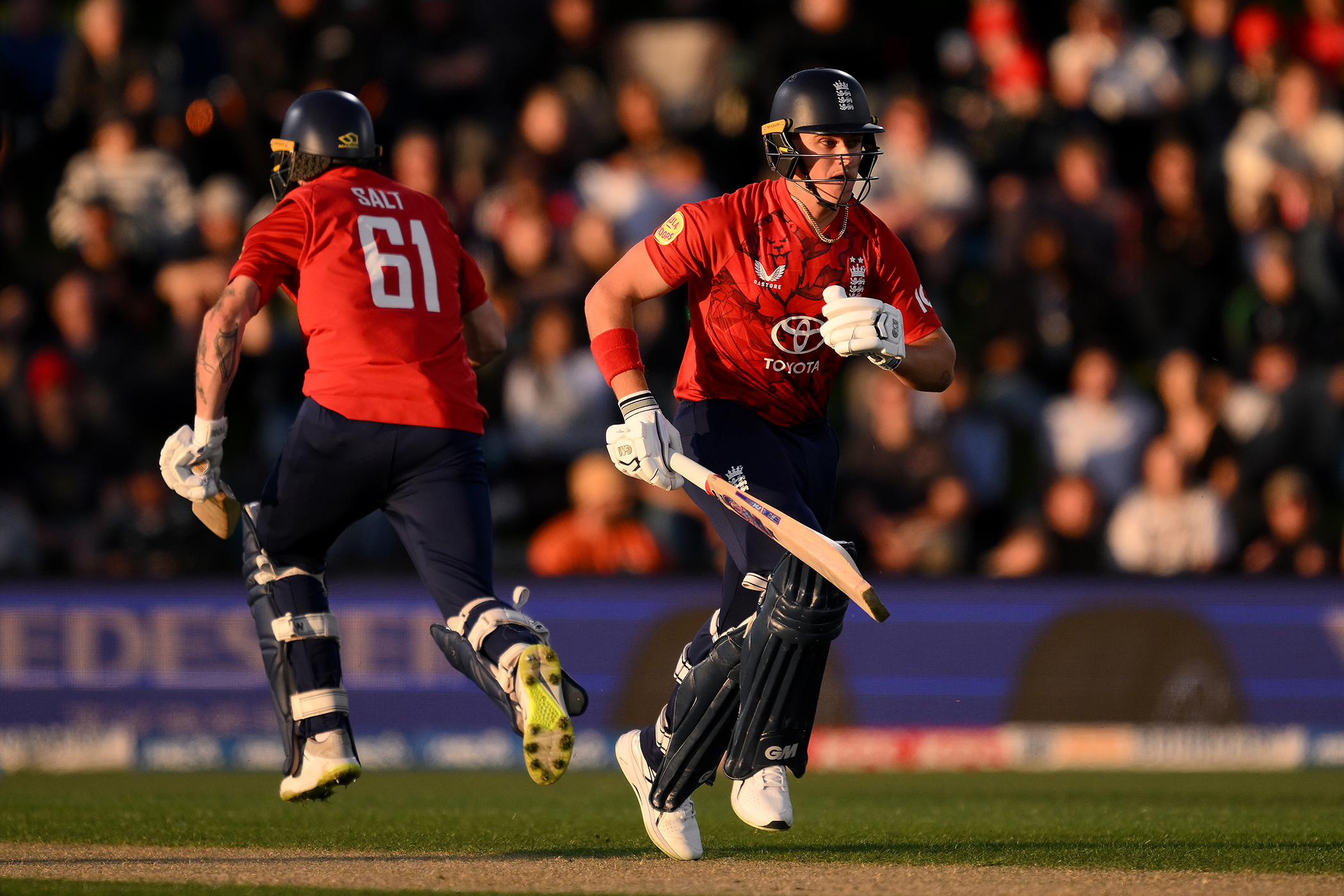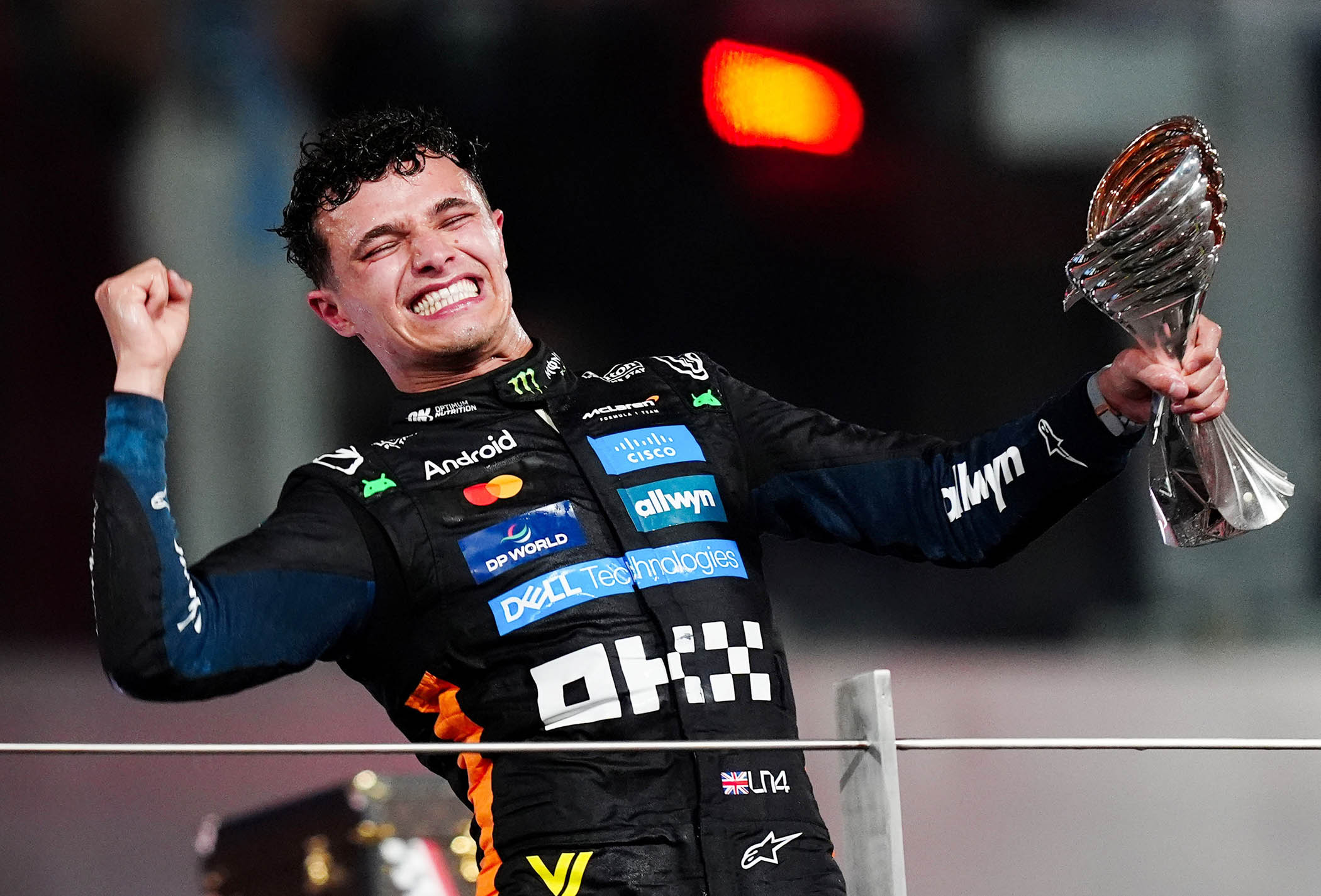It’s not enough to do one. While rain is doing its best to ruin England’s tour of New Zealand, England’s squad selection for both the T20 and ODI series reflects an ongoing trend in cricket that unless you’re the best in the world, you can’t survive with only bat or ball in hand.
Of the tourists’ 16-man ODI squad, captain Harry Brook is the only batsman who neither bowls nor keeps wicket. And even he has one Test wicket – and that of Kiwi great Kane Williamson no less.
The theory is simple. More is more. The more bowling options you have, the more you can react to the challenges an opponent presents. And the more batting you have, the more sixes you can hit. England have made no secret that their strategy is to start an innings aggressively and finish an innings aggressively. With a little period of aggression in the middle to mix things up.
“We’re a side with a lot of batting depth,” Brook said at the close of the T20 series. “We try and cover every base and that’s one of our strengths. If you get us on a really good wicket we’re going to score a lot of runs. It’s just a case of on those trickier surfaces getting ourselves up to a score.”
England picked the same XI for all three of their T20s against New Zealand. The four “specialist” bowlers – Brydon Carse, Liam Dawson, Adil Rashid and Luke Wood – have 36 professional centuries between them. And of the top seven “specialist” batters, Sam Curran is a genuine all-rounder, Jacob Bethell offers an option with left-arm spin and all of Jos Buttler, Phil Salt, Tom Banton and Jordan Cox can keep wicket. That Banton and Cox can keep is a bonus rather than a reason for their selection, but their ability with the gloves translates to an ability in the field. England put both in the “hotspots” where the ball often travels, a skill in itself, and in the only completed T20 of the series against New Zealand, they combined for five catches.
“It’s really beneficial when you get groups that have seven or eight people who can bowl,” said assistant coach Marcus Trescothick after England’s series against Australia last year. “And if you’ve got a side who can bat all the way down to No 10 or 11. That’s when you’re blessed.”
Brook aside, it is not since 2017 when Dawid Malan first played T20 cricket that England have picked a specialist batter who couldn’t keep or bowl. In ODI cricket, Sam Hain made his debut in 2023, but has been unable to maintain his place in the squad.
“I think unless you’re an absolute gun at one [you can’t survive],” New Zealand wicketkeeper Tim Seifert said ahead of the final T20 in Auckland. “More scores are getting up to 200. So a deeper batting line-up helps and more bowling helps balance the side.”
Both England and New Zealand’s ODI squads largely resemble their T20 selections. Even with the recent acceptance that the two formats are distinct from one another and ODIs are not just a prolonged T20, the natural order of the modern game requires players to do it all. Only Salt, Zak Crawley (who did not play) and Cox have been left out of the ODI squad having been part of the T20s. And coming in for them are Jofra Archer, Ben Duckett, Jamie Smith and Joe Root, all of whom weren’t involved in the T20 series. A fast bowler who can hit sixes, two wicketkeepers and an all-time great who bowls handy spin.
The move to all-rounders being king has been a natural evolution of the game rather than a pre-ordained one. A luxury England discovered and found they liked, as opposed to something decided on.
But while they may be leading the charge, they are not alone. The king of this multi-talented world is New Zealander Glenn Phillips. One of three men (West Indies’ Jimmy Adams and the Kiwis’ John Reid are the others) to have kept wicket in international cricket, scored a century and taken a five-wicket haul. He is injured for this series. You would be too if you did all that.
Photograph by Joe Allison/Getty Images


